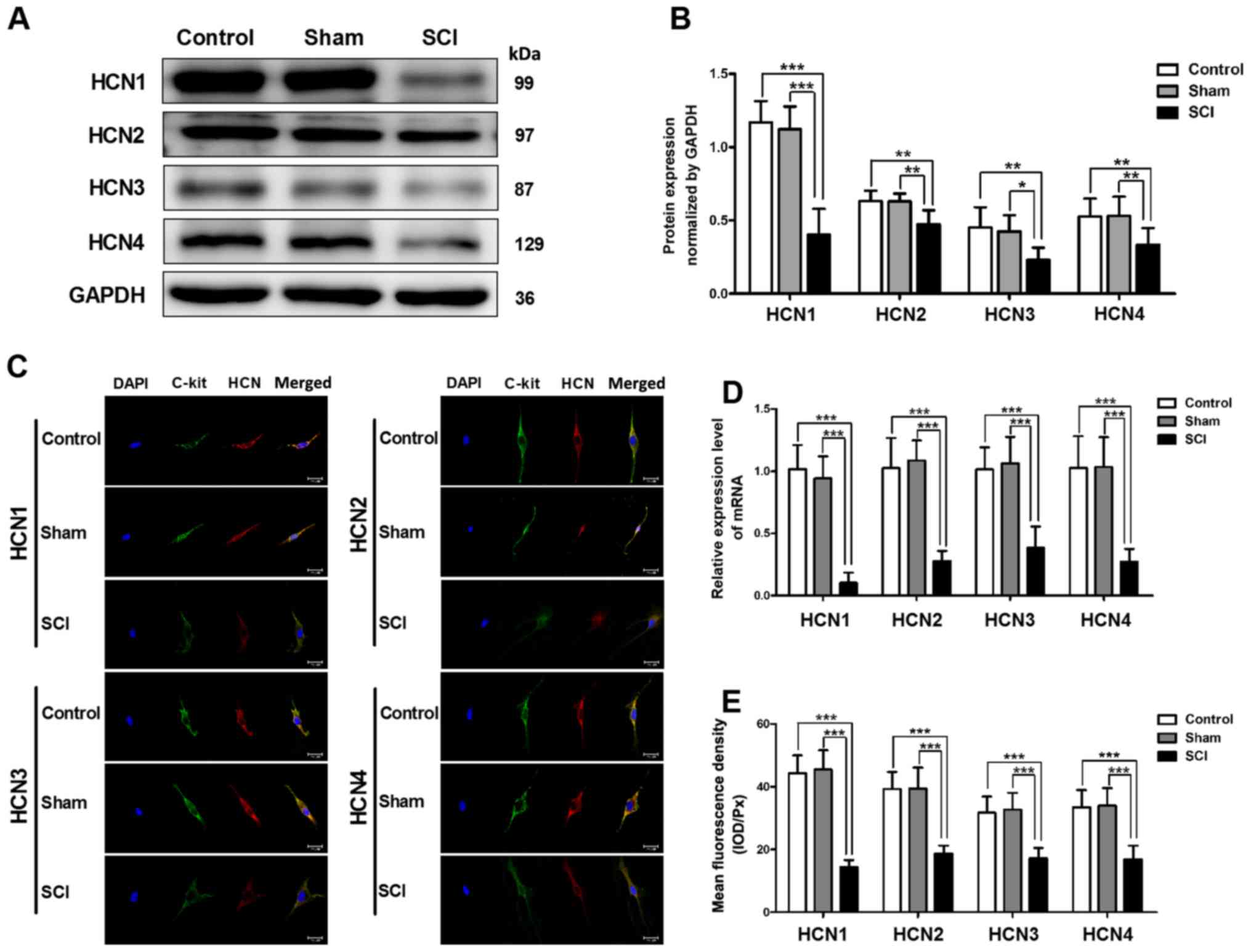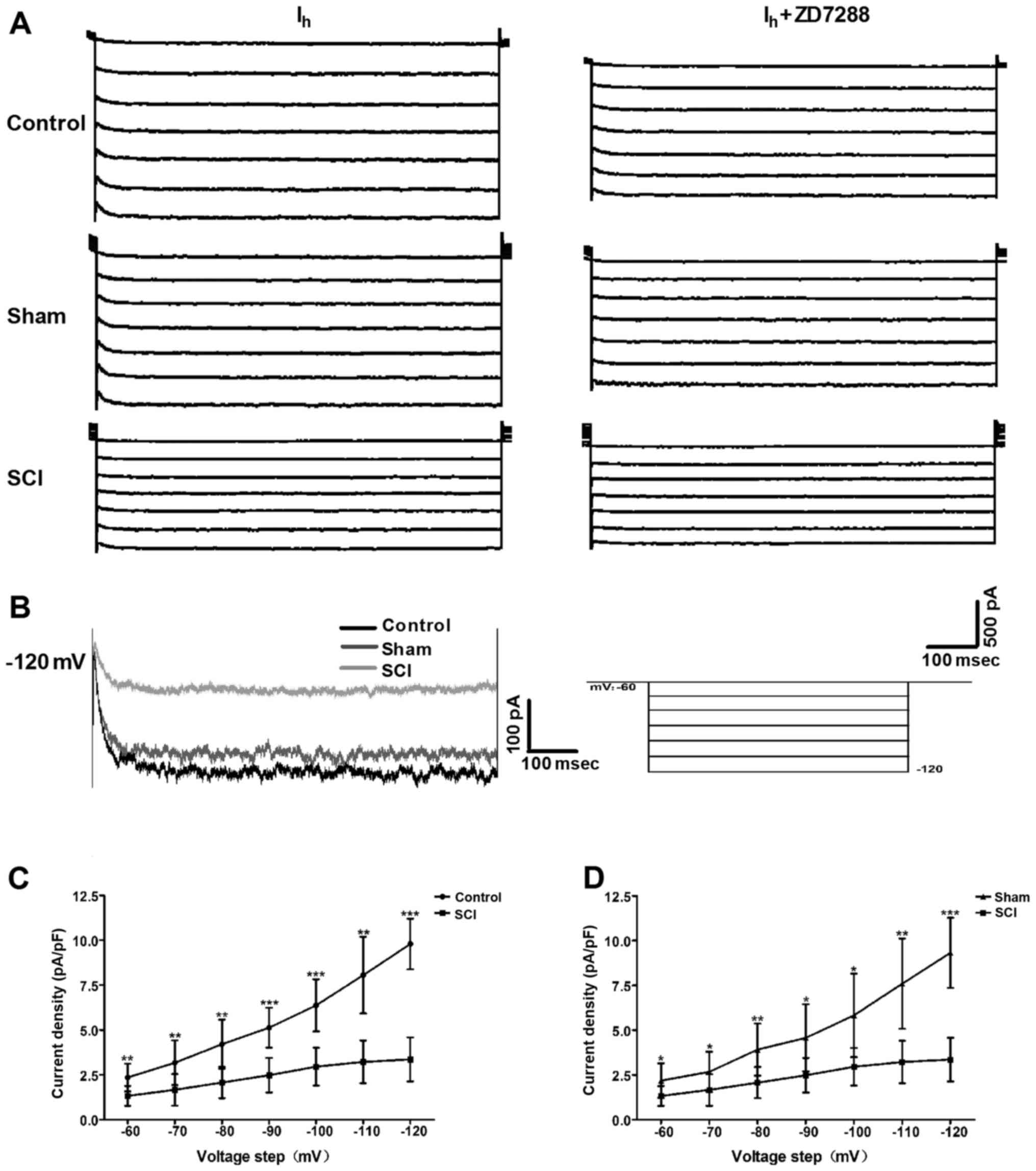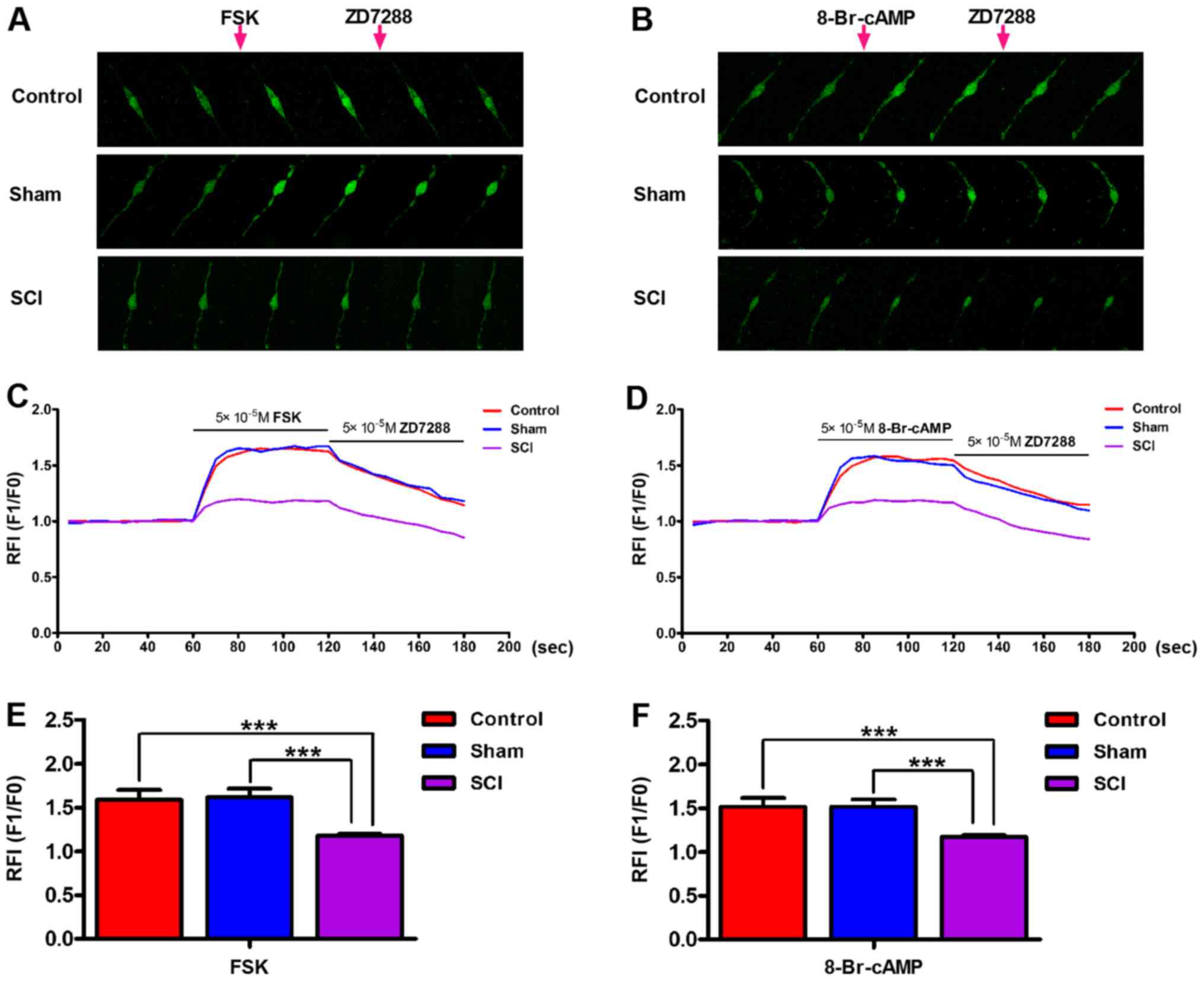|
1
|
Thuret S, Moon LD and Gage FH: Therapeutic
interventions after spinal cord injury. Nat Rev Neurosci.
7:628–643. 2006. View
Article : Google Scholar : PubMed/NCBI
|
|
2
|
Kim JH, Shim SR, Doo SW, Yang WJ, Yoo BW,
Kim JM, Ko YM, Song ES, Lim IS, Lee HJ, et al: Bladder recovery by
stem cell based cell therapy in the bladder dysfunction induced by
spinal cord injury: systematic review and meta-analysis. PLoS One.
10:e01134912015. View Article : Google Scholar : PubMed/NCBI
|
|
3
|
Ku JH: The management of neurogenic
bladder and quality of life in spinal cord injury. BJU Int.
98:739–745. 2006. View Article : Google Scholar : PubMed/NCBI
|
|
4
|
Cetinel B, Onal B, Can G, Talat Z, Erhan B
and Gunduz B: Risk factors predicting upper urinary tract
deterioration in patients with spinal cord injury: a retrospective
study. Neurourol Urodyn. 36:653–658. 2017. View Article : Google Scholar
|
|
5
|
Harris CJ and Lemack GE: Neurourologic
dysfunction: evaluation, surveillance and therapy. Curr Opin Urol.
26:290–294. 2016. View Article : Google Scholar : PubMed/NCBI
|
|
6
|
Zhang T, Liu H, Liu Z and Wang L:
Acupuncture for neurogenic bladder due to spinal cord injury: a
systematic review protocol. BMJ Open. 4:e0062492014. View Article : Google Scholar : PubMed/NCBI
|
|
7
|
Gfroerer S and Rolle U: Interstitial cells
of Cajal in the normal human gut and in Hirschsprung disease.
Pediatr Surg Int. 29:889–897. 2013. View Article : Google Scholar : PubMed/NCBI
|
|
8
|
Sanders KM, Ward SM and Koh SD:
Interstitial cells: regulators of smooth muscle function. Physiol
Rev. 94:859–907. 2014. View Article : Google Scholar : PubMed/NCBI
|
|
9
|
McCloskey KD: Interstitial cells in the
urinary bladder - localization and function. Neurourol Urodyn.
29:82–87. 2010. View Article : Google Scholar
|
|
10
|
McCloskey KD: Bladder interstitial cells:
an updated review of current knowledge. Acta Physiol (Oxf).
207:7–15. 2013. View Article : Google Scholar
|
|
11
|
Deng J, Zhang Y, Wang L, Zhao J, Song B
and Li L: The effects of Glivec on the urinary bladder excitation
of rats with suprasacral or sacral spinal cord transection. J Surg
Res. 183:598–605. 2013. View Article : Google Scholar : PubMed/NCBI
|
|
12
|
Yang Q, Kuzyk P, Antonov I, Bostwick CJ,
Kohn AB, Moroz LL and Hawkins RD: Hyperpolarization-activated,
cyclic nucleotide-gated cation channels in Aplysia: contribution to
classical conditioning. Proc Natl Acad Sci USA. 112:16030–16035.
2015. View Article : Google Scholar : PubMed/NCBI
|
|
13
|
He P, Deng J, Zhong X, Zhou Z, Song B and
Li L: Identification of a hyperpolarization-activated cyclic
nucleotide-gated channel and its subtypes in the urinary bladder of
the rat. Urology. 79:1411.e7–1411.e13. 2012. View Article : Google Scholar
|
|
14
|
He C, Chen F, Li B and Hu Z:
Neurophysiology of HCN channels: from cellular functions to
multiple regulations. Prog Neurobiol. 112:1–23. 2014. View Article : Google Scholar
|
|
15
|
Sartiani L, Romanelli MN, Mugelli A and
Cerbai E: Updates on HCN channels in the heart: function,
dysfunction and pharmacology. Curr Drug Targets. 16:868–876. 2015.
View Article : Google Scholar : PubMed/NCBI
|
|
16
|
O'Donnell AM, Coyle D and Puri P:
Decreased expression of hyperpolarisation-activated cyclic
nucleotide-gated channel 3 in Hirschsprung's disease. World J
Gastroenterol. 21:5635–5640. 2015. View Article : Google Scholar : PubMed/NCBI
|
|
17
|
Deng T, Zhang Q, Wang Q, Zhong X and Li L:
Changes in hyperpolarization-activated cyclic nucleotide-gated
channel expression and activity in bladder interstitial cells of
Cajal from rats with detrusor overactivity. Int Urogynecol J Pelvic
Floor Dysfunct. 26:1139–1145. 2015. View Article : Google Scholar
|
|
18
|
Lucin KM, Sanders VM, Jones TB, Malarkey
WB and Popovich PG: Impaired antibody synthesis after spinal cord
injury is level dependent and is due to sympathetic nervous system
dysregulation. Exp Neurol. 207:75–84. 2007. View Article : Google Scholar : PubMed/NCBI
|
|
19
|
Fischer AH, Jacobson KA, Rose J and Zeller
R: Hematoxylin and eosin staining of tissue and cell sections. CSH
Protoc. pdb.prot4986. 2008. View Article : Google Scholar
|
|
20
|
Andersson KE, Soler R and Füllhase C:
Rodent models for urodynamic investigation. Neurourol Urodyn.
30:636–646. 2011. View Article : Google Scholar : PubMed/NCBI
|
|
21
|
Goldmark E, Niver B and Ginsberg DA:
Neurogenic bladder: from diagnosis to management. Curr Urol Rep.
15:4482014. View Article : Google Scholar : PubMed/NCBI
|
|
22
|
Bender RA and Baram TZ: Hyperpolarization
activated cyclic-nucleotide gated (HCN) channels in developing
neuronal networks. Prog Neurobiol. 86:129–140. 2008. View Article : Google Scholar : PubMed/NCBI
|
|
23
|
Santoro B, Piskorowski RA, Pian P, Hu L,
Liu H and Siegelbaum SA: TRIP8b splice variants form a family of
auxiliary subunits that regulate gating and trafficking of HCN
channels in the brain. Neuron. 62:802–813. 2009. View Article : Google Scholar : PubMed/NCBI
|
|
24
|
Gravante B, Barbuti A, Milanesi R, Zappi
I, Viscomi C and DiFrancesco D: Interaction of the pacemaker
channel HCN1 with filamin A. J Biol Chem. 279:43847–43853. 2004.
View Article : Google Scholar : PubMed/NCBI
|
|
25
|
Wilkars W, Wollberg J, Mohr E, Han M,
Chetkovich DM, Bähring R and Bender RA: Nedd4-2 regulates surface
expression and may affect N-glycosylation of
hyperpolarization-activated cyclic nucleotide-gated (HCN)-1
channels. FASEB J. 28:2177–2190. 2014. View Article : Google Scholar : PubMed/NCBI
|
|
26
|
Biel M, Wahl-Schott C, Michalakis S and
Zong X: Hyper-polarization-activated cation channels: from genes to
function. Physiol Rev. 89:847–885. 2009. View Article : Google Scholar : PubMed/NCBI
|
|
27
|
Robinson RB and Siegelbaum SA:
Hyperpolarization-activated cation currents: from molecules to
physiological function. Annu Rev Physiol. 65:453–480. 2003.
View Article : Google Scholar
|
|
28
|
Benarroch EE: HCN channels: function and
clinical implications. Neurology. 80:304–310. 2013. View Article : Google Scholar : PubMed/NCBI
|
|
29
|
Shahi PK, Choi S, Zuo DC, Kim MY, Park CG,
Kim YD, Lee J, Park KJ, So I and Jun JY: The possible roles of
hyper-polarization-activated cyclic nucleotide channels in
regulating pacemaker activity in colonic interstitial cells of
Cajal. J Gastroenterol. 49:1001–1010. 2014. View Article : Google Scholar
|
|
30
|
Wu Y, Shi C, Deng J, Zhang X, Song B and
Li L: Expression and function of muscarinic subtype receptors in
bladder interstitial cells of cajal in rats. Urol J. 11:1642–1647.
2014.PubMed/NCBI
|
|
31
|
Kubota Y, Biers SM, Kohri K and Brading
AF: Effects of imatinib mesylate (Glivec) as a c-kit tyrosine
kinase inhibitor in the guinea-pig urinary bladder. Neurourol
Urodyn. 25:205–210. 2006. View Article : Google Scholar : PubMed/NCBI
|
|
32
|
Postea O and Biel M: Exploring HCN
channels as novel drug targets. Nat Rev Drug Discov. 10:903–914.
2011.PubMed/NCBI
|
|
33
|
Riccioni G, Vitulano N and D'Orazio N:
Ivabradine: beyond heart rate control. Adv Ther. 26:12–24. 2009.
View Article : Google Scholar : PubMed/NCBI
|















